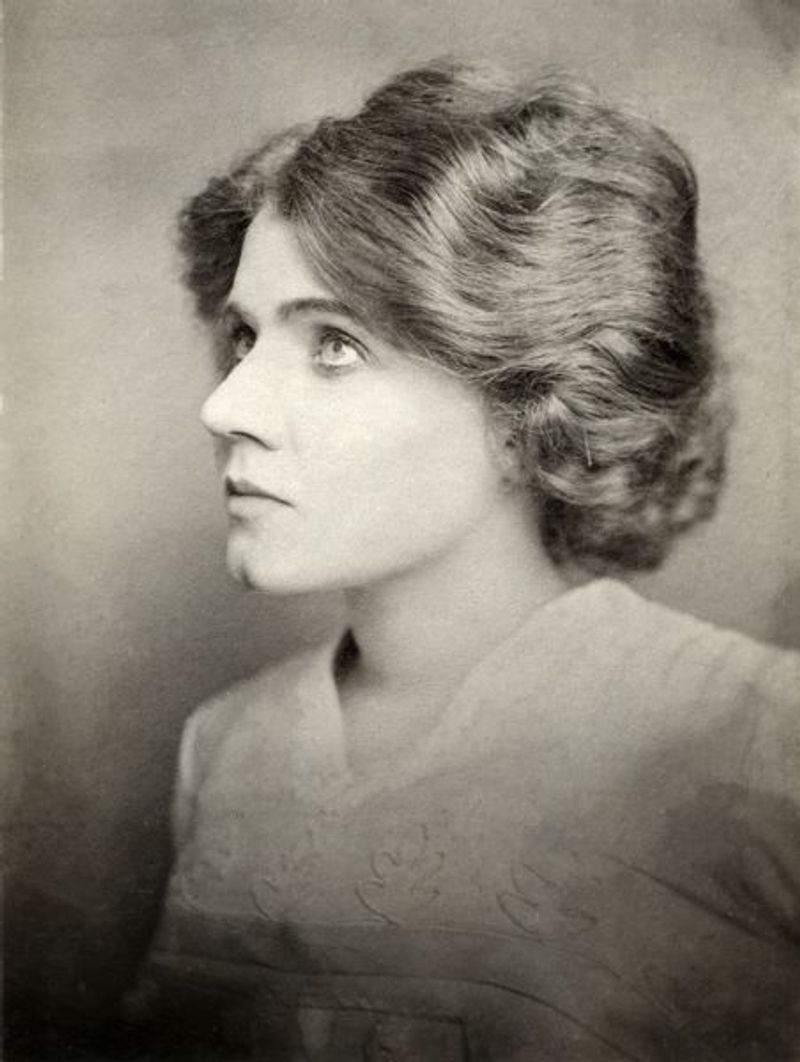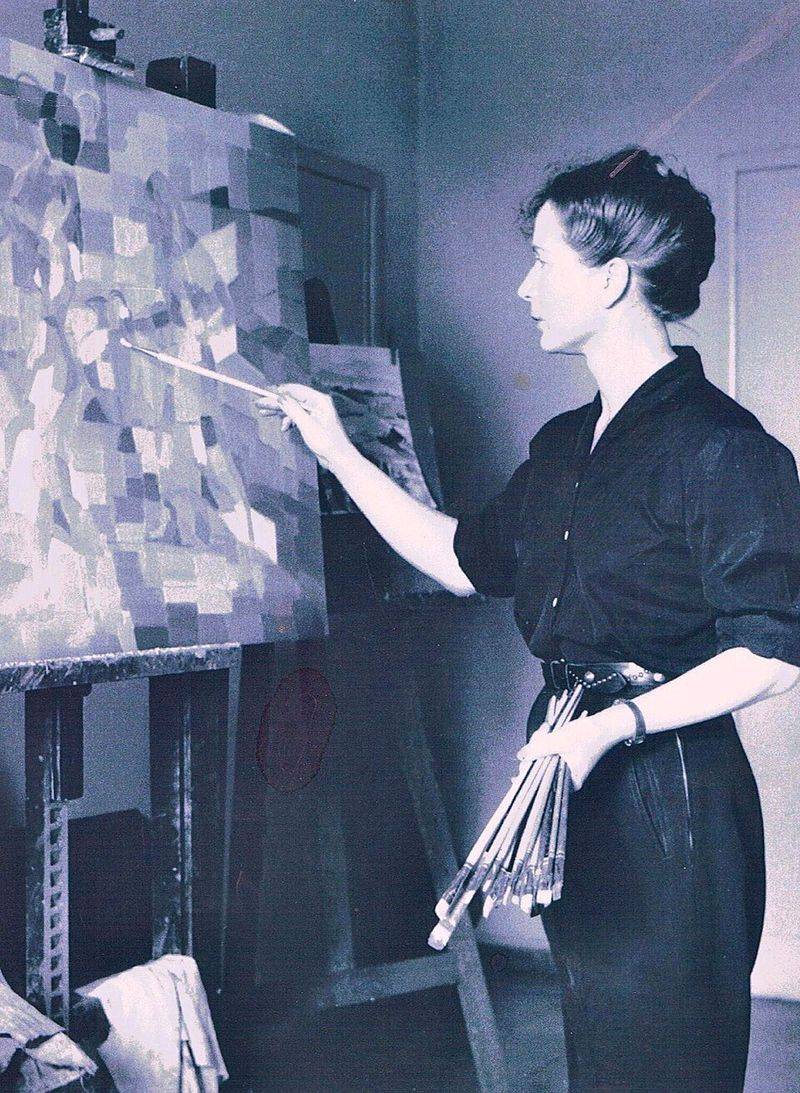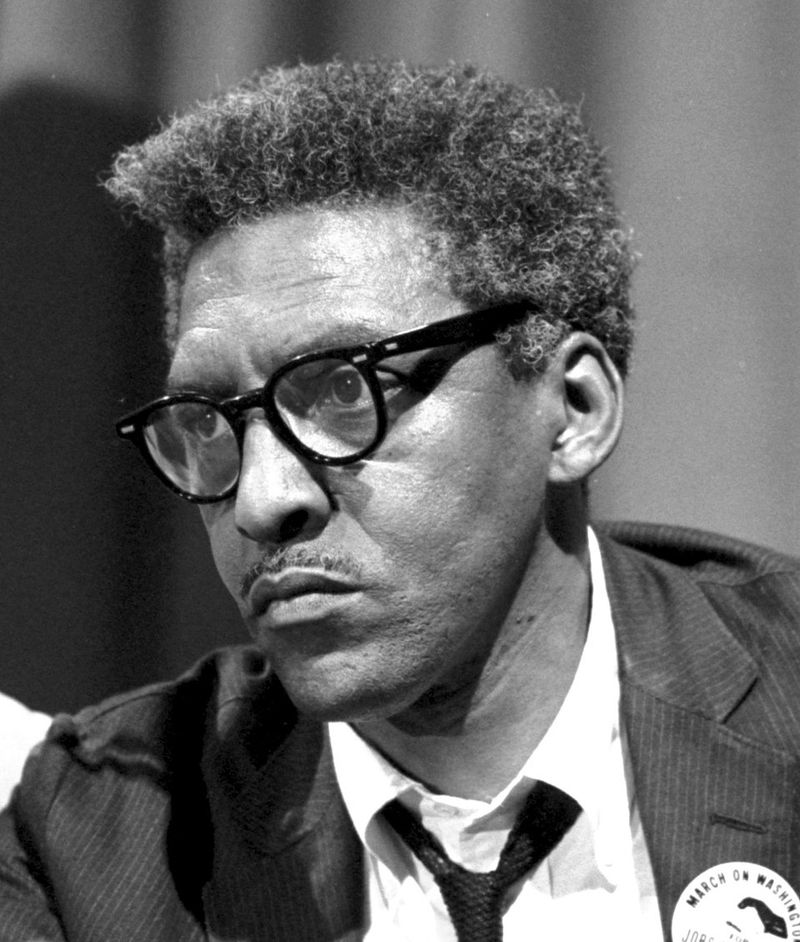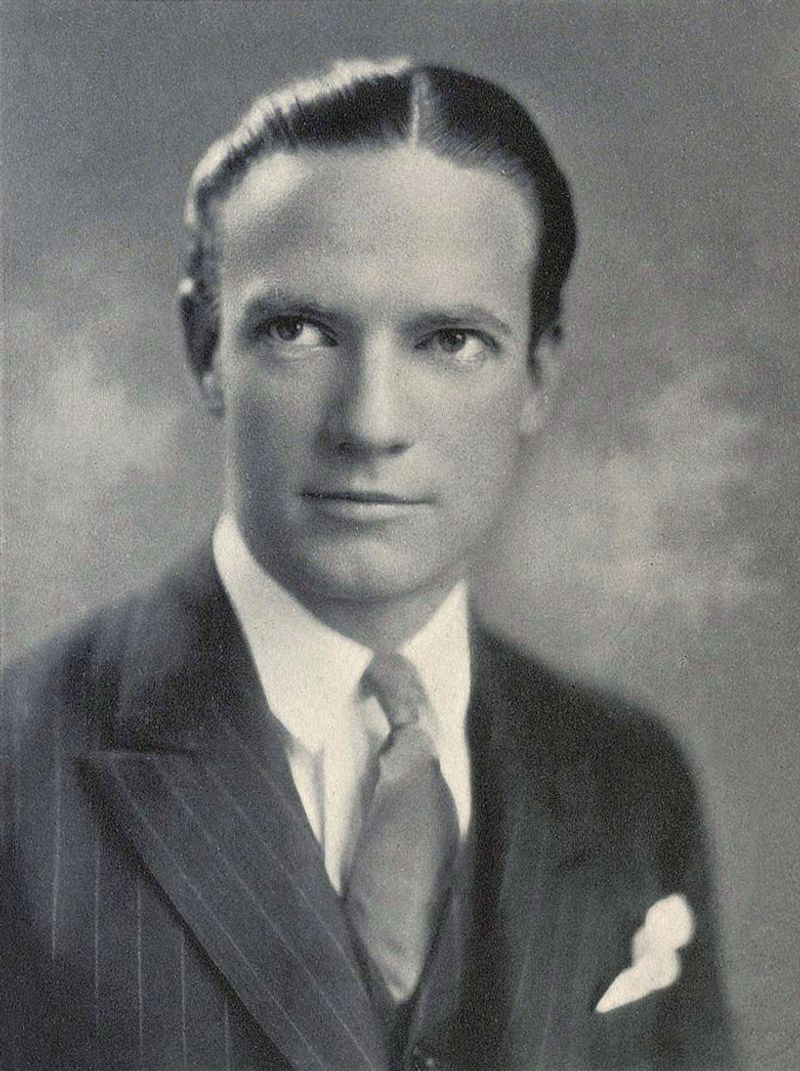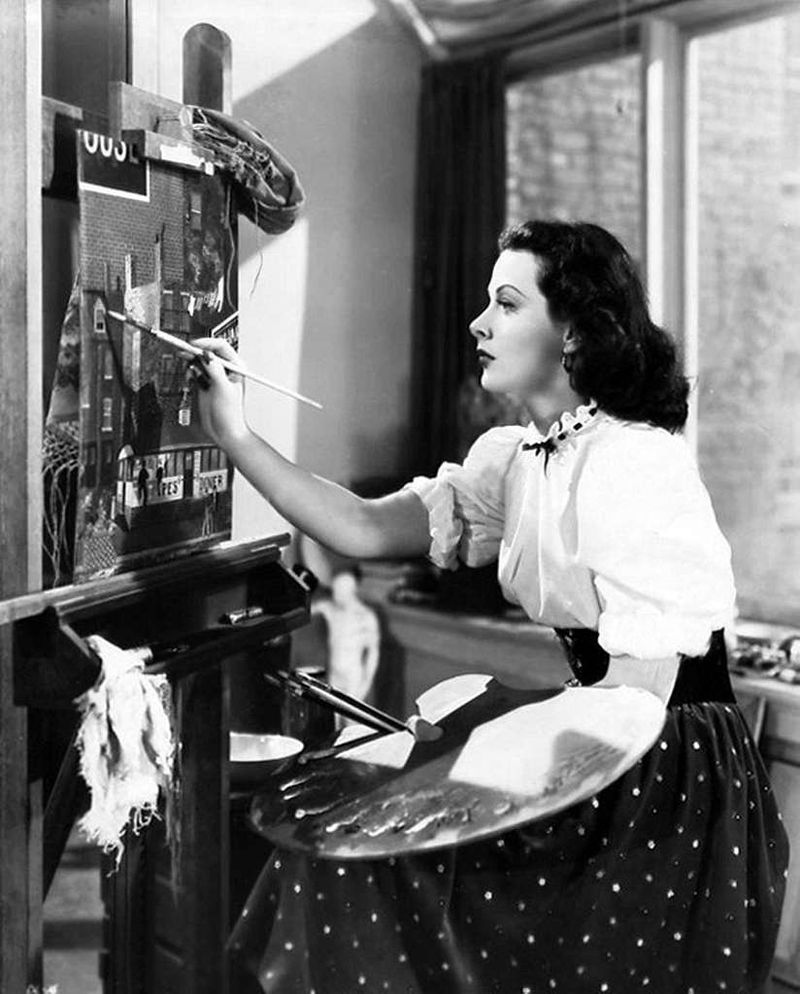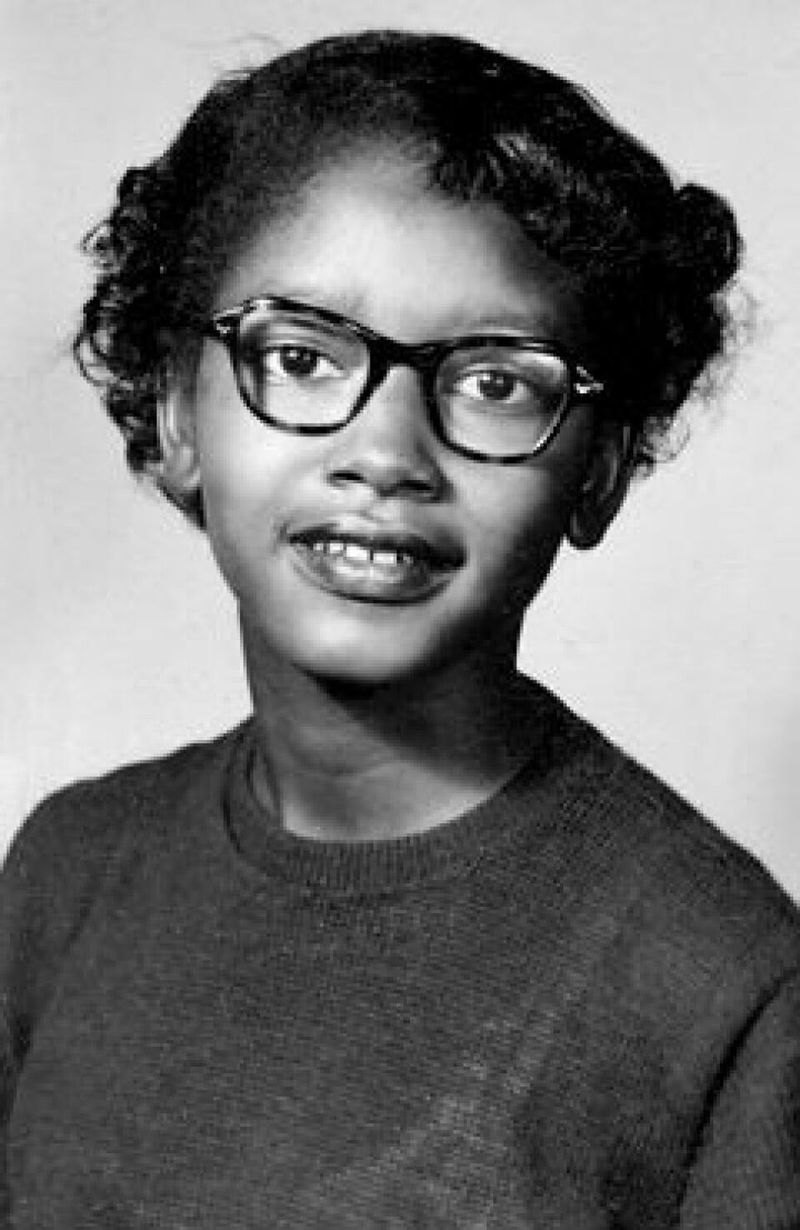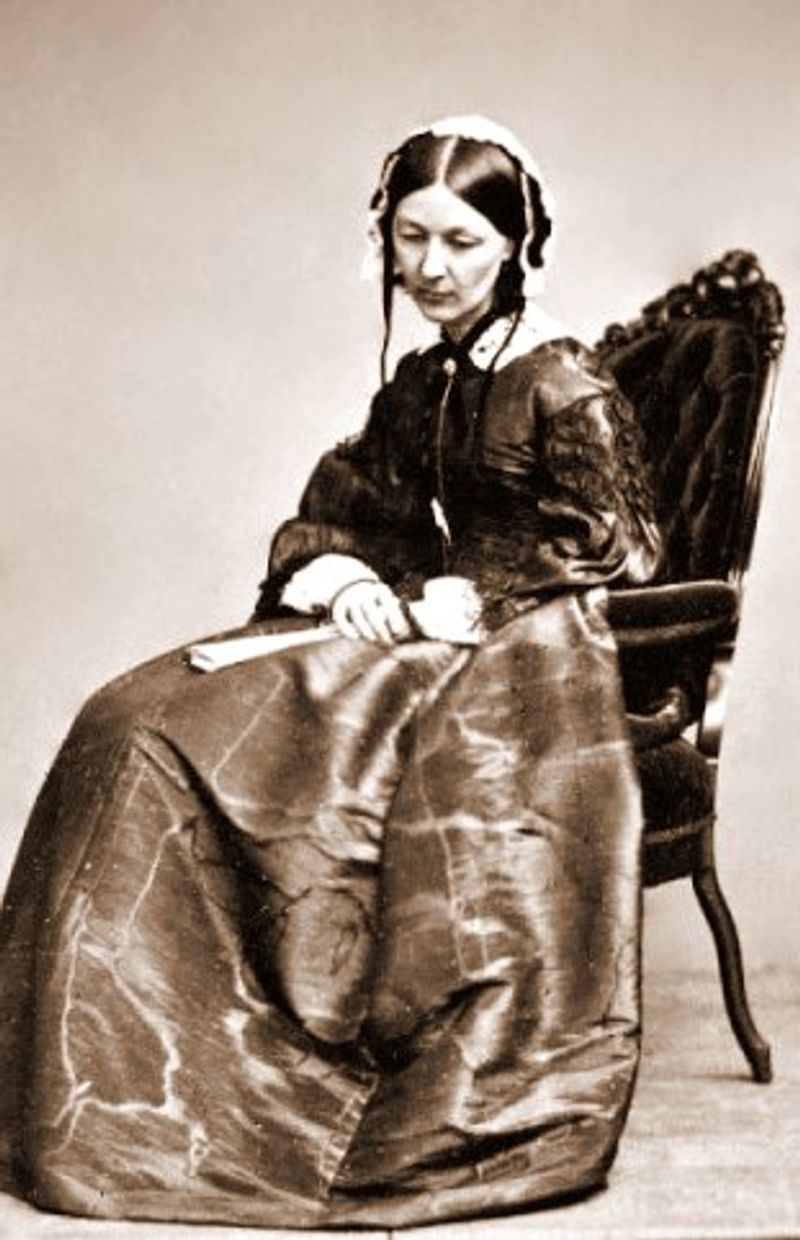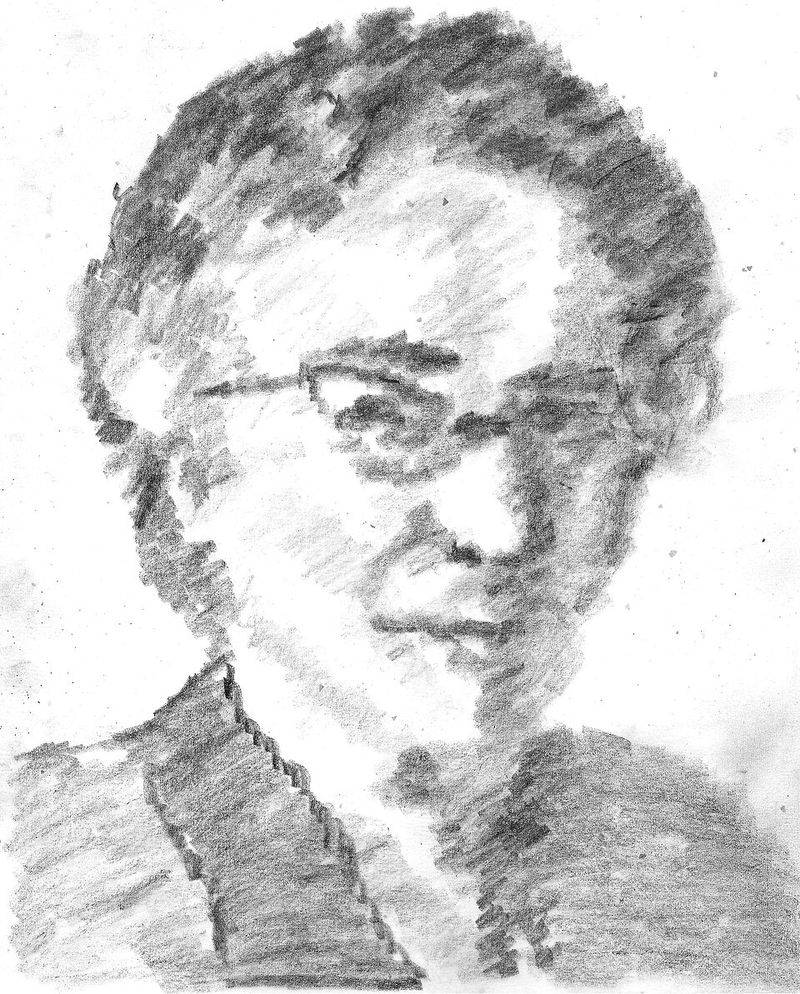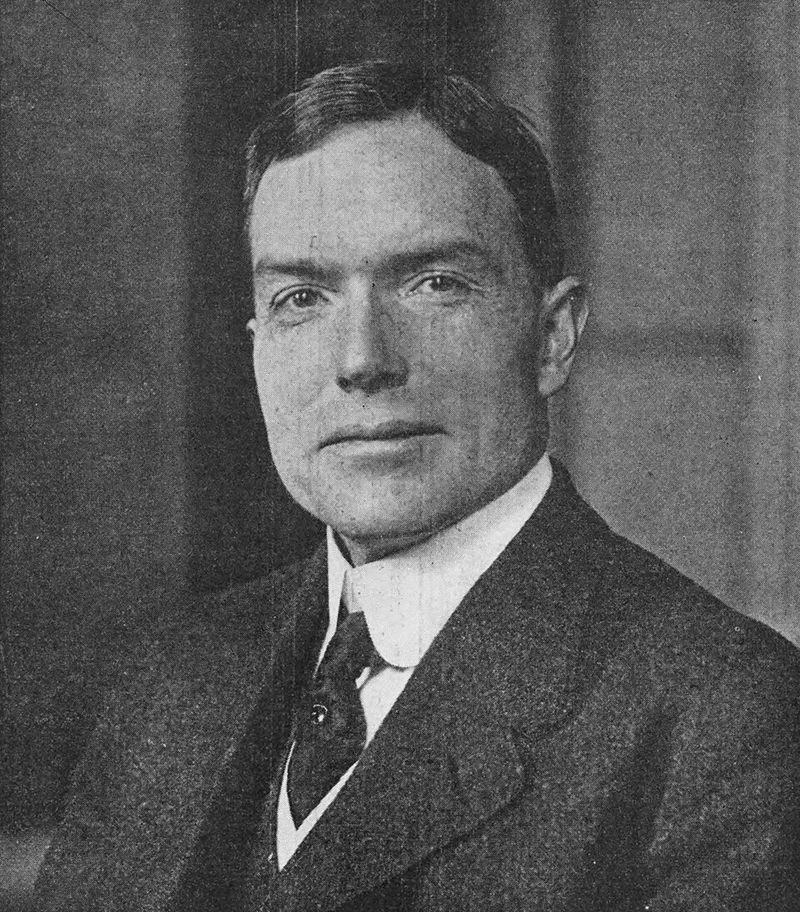Fame can be fleeting, even for those who once captured the world’s attention. Throughout history, countless individuals achieved remarkable celebrity status, only to vanish from our collective memory as decades passed. This list explores eighteen extraordinary people who were household names in their time but have since been overshadowed, overlooked, or simply erased from popular history books.
Florence Lawrence (1886-1938)
Before Charlie Chaplin or Mary Pickford became icons, Florence Lawrence was already making Hollywood history. Dubbed the “first movie star,” she appeared in over 300 films during the silent era and became the first actor whose name was actually used in promotional materials.
Early films didn’t credit actors at all, keeping them anonymous. Lawrence changed that forever when studios realized audiences wanted to know who they were watching. Her fame exploded across America and beyond.
Tragically, studio politics and changing tastes left her behind. By the 1930s, she struggled financially and emotionally. When she died in 1938, Hollywood had moved on—her grave went unmarked for decades, a heartbreaking end for cinema’s pioneering star.
Kitty Fisher (1741-1767)
Imagine being so famous in 1700s London that painters, poets, and newspapers couldn’t stop talking about you. That was Kitty Fisher’s reality. Born into modest circumstances, she became one of the most celebrated courtesans of Georgian England, captivating high society with her beauty and wit.
Sir Joshua Reynolds painted her multiple times, immortalizing her striking features. Broadsheets published stories about her escapades. She even appeared in popular songs and satires of the day.
Despite being a household name for years, Fisher’s star faded quickly after her early death at just 26. Today, most people have never heard of her, though she was once as recognizable as any modern celebrity.
Jedediah Smith (1799-1831)
While names like Lewis and Clark dominate American exploration history, Jedediah Smith accomplished feats just as remarkable. This fearless frontiersman became the first known U.S. citizen to travel overland from the Rocky Mountains all the way to the Pacific coast, blazing trails through uncharted wilderness.
Smith survived grizzly bear attacks, desert crossings, and conflicts with hostile groups. He mapped vast territories and opened routes that thousands would later follow westward. His journals documented landscapes no American had seen before.
Yet for generations, history books barely mentioned him. His achievements were overshadowed by others, and his name slipped into obscurity despite his pivotal role in westward expansion.
Hélène de Beauvoir (1910-2001)
Growing up in the shadow of a famous sibling is never easy. Hélène de Beauvoir was a talented painter, feminist, and activist in her own right, but she spent decades overshadowed by her older sister, the philosopher Simone de Beauvoir.
Her artwork explored feminist themes and social justice long before such topics became mainstream. She exhibited across Europe and worked tirelessly for women’s rights. Her activism paralleled her sister’s philosophical work, yet she received a fraction of the recognition.
Only recently have scholars begun rediscovering Hélène’s contributions. Her paintings now hang in museums, and her story is finally being told. Still, most people know Simone’s name while Hélène remains largely forgotten.
Bayard Rustin (1912-1987)
Behind every great movement are strategists working in the shadows. Bayard Rustin was the brilliant mind who organized the 1963 March on Washington, where Martin Luther King Jr. delivered his famous “I Have a Dream” speech to over 250,000 people.
Rustin was a master of nonviolent resistance tactics and advised King on Gandhian principles. His organizational genius made many civil rights victories possible. Yet his name rarely appears in textbooks alongside other movement leaders.
Why the erasure? Rustin was openly gay at a time when that could destroy careers and credibility. Movement leaders kept him behind the scenes to avoid controversy, and history followed suit, leaving his crucial contributions largely unacknowledged.
Richard Halliburton (1900-1939)
During the 1920s and 1930s, Richard Halliburton was America’s most famous adventurer. He swam the Panama Canal, flew around the world in a biplane, and climbed the Matterhorn—all while writing bestselling books about his exploits that captivated millions of readers.
Halliburton’s daring stunts made front-page news. He lectured to packed auditoriums and inspired a generation to dream of distant lands. His books sold in the hundreds of thousands, and children idolized him.
Then he vanished at sea in 1939 while attempting to sail a Chinese junk across the Pacific. Without him to keep his legend alive, public memory faded quickly. Today, few remember the man who once defined adventure.
Hedy Lamarr (1914-2000)
Most people who’ve heard of Hedy Lamarr know her as a stunning Hollywood actress from the Golden Age of cinema. What they don’t know is that she was also a brilliant inventor whose work laid the groundwork for modern WiFi, Bluetooth, and GPS technology.
During World War II, Lamarr co-invented a “frequency-hopping” system to prevent enemies from jamming torpedo guidance signals. The Navy ignored it at the time, but decades later, her patent became the basis for wireless communication technology we use daily.
For most of her life, her scientific genius was overshadowed by her beauty and acting career. Only recently has her technological legacy received proper recognition—a reminder that brilliance often hides in unexpected places.
Chester A. Arthur (1829-1886)
Quick: name the 21st President of the United States. If you drew a blank, you’re not alone. Chester A. Arthur holds the dubious distinction of being one of America’s most forgotten presidents, despite serving the entire nation from 1881 to 1885.
Arthur actually accomplished quite a bit during his term. He championed civil service reform, modernized the Navy, and fought corruption in government. His administration was surprisingly effective and scandal-free.
Yet somehow his name never stuck in public memory. Perhaps because he became president after an assassination rather than winning election, or maybe his quiet competence just wasn’t dramatic enough. Either way, history has largely passed him by.
Mileva Marić Einstein (1875-1948)
What if some of Albert Einstein’s groundbreaking work wasn’t entirely his own? Mileva Marić Einstein was a brilliant physicist and mathematician who studied alongside Albert at university and later became his first wife.
Letters between them suggest she contributed significantly to his early papers, including possibly aspects of special relativity theory. Some historians argue she deserved co-credit for discoveries published under his name alone. The truth remains debated and somewhat mysterious.
After their divorce, Albert won the Nobel Prize and became a global icon. Mileva returned to obscurity, struggling financially while raising their sons. Her potential contributions to physics remain under-acknowledged, overshadowed completely by her famous husband’s towering reputation.
Jean-Paul Sartre’s Forgotten Contemporaries
Jean-Paul Sartre’s name remains famous in philosophy circles, but what about the dozens of brilliant thinkers who shared his intellectual world? Mid-20th century Paris buzzed with philosophers, writers, and activists whose ideas shaped existentialism and postwar thought.
Many of Sartre’s peers published important works, debated in the same cafés, and influenced the same movements. Their names once appeared alongside his in journals and at conferences. They challenged his ideas and developed their own philosophical frameworks.
Yet time has been unkind to most of them. While Sartre and perhaps Simone de Beauvoir remain household names, their contemporaries have faded into academic footnotes. Their contributions, once celebrated, are now accessible only to specialists who dig through archives.
Elisha Gray (1835-1901)
History remembers Alexander Graham Bell as the telephone’s inventor, but Elisha Gray came heartbreakingly close to that honor. On February 14, 1876, both men filed patent applications for telephone technology at the U.S. Patent Office—on the exact same day.
Bell’s lawyer arrived just hours before Gray’s. That timing difference changed everything. Bell received the patent and immortal fame, while Gray became a footnote. Legal battles followed for years, but Bell’s name stuck.
Gray was a prolific inventor who created over 70 patented devices and co-founded what became part of telecommunications giant Graybar Electric. Yet his name is virtually unknown today, overshadowed completely by Bell’s celebrated legacy.
Claudette Colvin (born 1939)
Nine months before Rosa Parks refused to give up her bus seat, a 15-year-old girl named Claudette Colvin did the exact same thing in Montgomery, Alabama. She was arrested, handcuffed, and dragged off the bus for violating segregation laws.
Colvin’s courage was genuine and spontaneous. She later testified in the federal case that eventually struck down bus segregation laws. Her contribution to the civil rights movement was real and significant.
So why don’t we learn about her in school? Civil rights leaders decided Parks—older, employed, and with an “impeccable” character—made a better symbol for the movement. Colvin, young and later pregnant outside marriage, was deemed unsuitable. History chose Parks and forgot Colvin.
Florence Nightingale’s Forgotten Contemporaries
Florence Nightingale rightfully earned fame as a pioneering nurse and healthcare reformer. But she didn’t work alone. Dozens of dedicated women and men transformed medical care during the Victorian era, introducing sanitation, patient care standards, and professional nursing training.
Many of these reformers worked alongside Nightingale or pursued similar goals independently. They established hospitals, wrote medical texts, and fought for better conditions. Their names once appeared in newspapers and medical journals.
Yet Nightingale’s “Lady with the Lamp” image proved so powerful that it eclipsed everyone else. Her contemporaries faded from memory, their equally important contributions absorbed into her singular legend. History loves a hero but often forgets the supporting cast.
Maurice Hilleman (1919-2005)
Maurice Hilleman saved more lives than almost anyone in human history, yet most people have never heard his name. This microbiologist developed over 40 vaccines, including those for measles, mumps, rubella, chickenpox, meningitis, pneumonia, and hepatitis B.
His vaccines have prevented millions of deaths and billions of infections worldwide. Children today receive multiple Hilleman-developed vaccines before kindergarten. His work fundamentally changed global public health.
Despite this extraordinary legacy, Hilleman remained relatively unknown outside scientific circles. He worked quietly, avoided publicity, and focused entirely on results rather than recognition. When he died in 2005, the world barely noticed losing one of medicine’s greatest heroes.
Helen Gardner (1878-1946)
Walk into any college art history class, and you’ll likely encounter a textbook descended from Helen Gardner’s pioneering work. Her 1926 book “Art Through the Ages” revolutionized how art history was taught, making it accessible to students rather than just scholars.
Gardner organized art chronologically and culturally, including non-Western traditions when most texts focused exclusively on Europe. Her approach shaped art education for generations. Updated editions of her textbook are still used today in classrooms worldwide.
Yet few students who study from “Gardner’s” textbook know anything about Helen Gardner herself. Her name became a brand rather than a person, and her personal contributions to art historical scholarship have been largely forgotten.
John D. Rockefeller Jr. (1874-1960)
Everyone knows John D. Rockefeller Sr. as America’s first billionaire oil tycoon. Far fewer know about his son, John D. Rockefeller Jr., who transformed the family fortune into one of history’s greatest philanthropic legacies.
Rockefeller Jr. funded the restoration of Colonial Williamsburg, donated land for the United Nations headquarters, and supported countless cultural and educational institutions. He gave away roughly half a billion dollars during his lifetime—an astronomical sum.
His philanthropy shaped American culture in lasting ways, yet his name carries none of his father’s recognition. When people hear “Rockefeller,” they think of oil and robber barons, not the quiet generosity that defined the second generation. Junior’s legacy deserves better remembrance.

